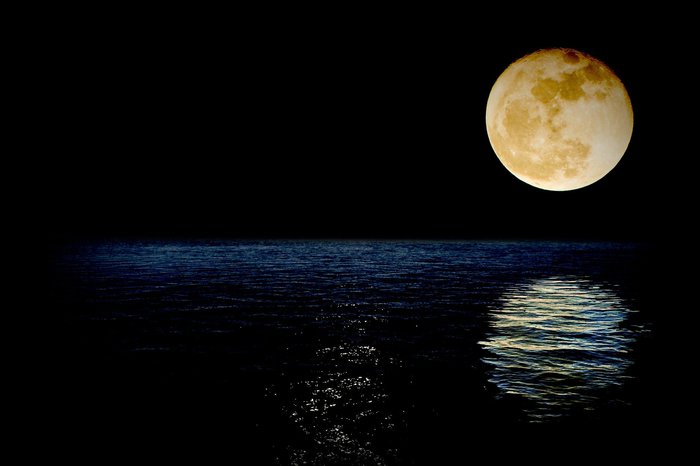The
sky of 2021
is full of promise, with a Supermoon and a shower of shooting stars in August that promises to be spectacular, Four eclipses are also scheduled, two of the Moon and two of the Sun, unfortunately all impossible to see from Italy.
"The sky of this new year is full of events, from the supermoon of May 26 to the four full moons of summer", observes astrophysicist Gianluca Masi, head of the Virtual Telescope.
If clouds, rain and snow have canceled the spectacle of the
Quadrantids
, the shooting stars that greet the new year, all that remains is to look at the next appointment in the 2021 astronomical calendar: the meeting between
Venus and Jupiter
at the dawn of
February 11
.
"They are the two brightest planets and are worth looking at, but doing it won't be very easy because they will be quite low on the horizon," says Masi.
Instead, it will be easier not to miss the appointment at dawn on March 5, when Jupiter and Mercury will appear very close.
Do not miss the
Superluna
on May 26
, which
promises
to
be the queen of spring.
"It will be a full Moon close to perigee", ie the point of its orbit closest to the Earth, and for this "it will appear a little bigger and brighter", explains Masi.
On the same day, a
total lunar eclipse
is also expected
that we will not be able to observe from Italy.
The show can be best appreciated from Australia, the United States and western South America and Southeast Asia.
The
June 10
will be the turn of '
solar eclipse
, visible only from Russia, Greenland and northern Canada.
On the evening of
July 13,
it will be possible to easily observe the conjunction of
Mars and Venus
, both bright in the summer sky, and on
July 18
that of
Mars and Mercury
.
The whole summer promises spectacular skies, especially in
August
.
On
2 August
Saturn will be in opposition
and therefore very visible, to leave the scene to
Jupiter on
the evening of
20 August
, but the most awaited event is in the
middle of the month
, with the rain of
shooting stars
.
"After the excellent year of 2018, the
Perseids
will once again be admired thanks to the complete absence of the Moon and - observes Masi - they promise to be among the most important astronomical events of the year".
On
August 22
there will be the third full moon of the four expected in the summer, traditionally called the 'Blue Moon'.
On
October 29th
Venus will
shine in the evening sky and on
November 19th it
will be the turn of a
very deep
partial eclipse of the Moon
, to the point of appearing almost total.
To close the astronomical events of 2021 will be the
total eclipse of the Sun
of
December 4
, visible only from Africa, and the rain of the falling stars in winter, the
Geminids
, putrppo penalized by the moonlight.

